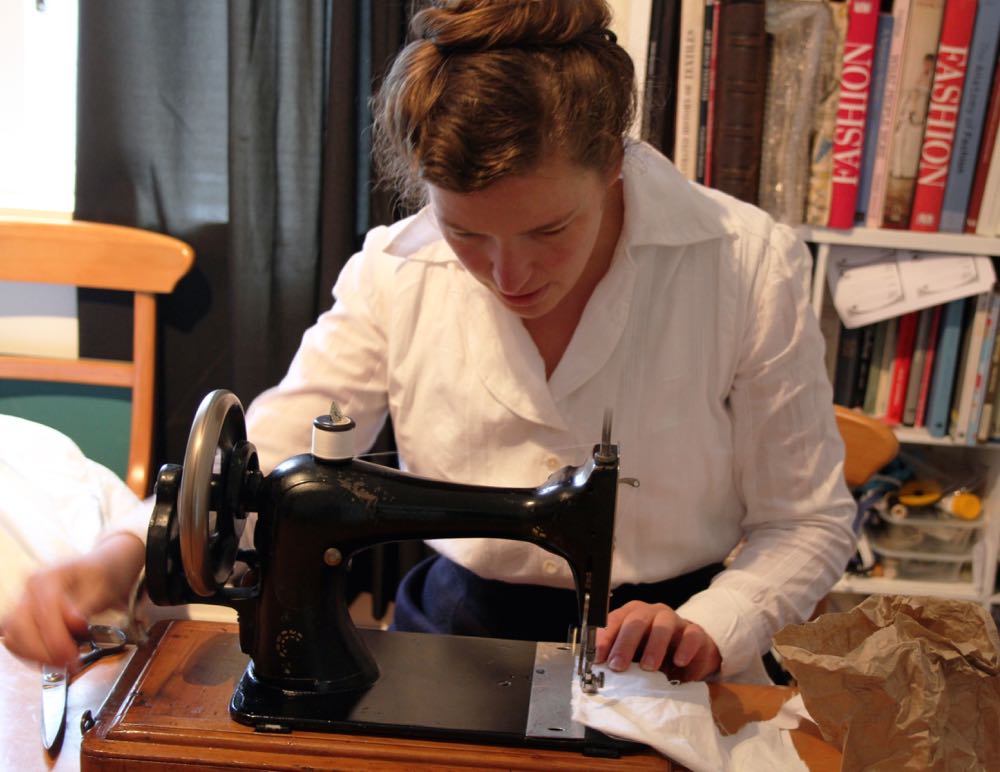The Historical Sew Monthly Challenge #10: Heroes
I can’t believe it’s already almost October, time for the 10th Historical Sew Monthly challenge of the year, and time for me to be deciding (with lots of input from you, of course!) if there is going to be a HSF/M 2017! The theme for October’s challenge is Heroes: Make a garment inspired by your historical hero, or your historical costuming hero. While I may be becoming more cynical in other ways, the older I get, the more I am a fan of having lots, and lots of heroes. I just feel that you can never have too many people to admire and attempt to emulate the good qualities of. In everything I do, whether it’s cooking, historical costuming, writing, teaching, or simply being a (reasonably) nice person, I do it better than I might have because someone, in some way, helped teach me to get to where I am: and each of those people is a hero to me, and deserves acknowledgement. So the idea behind the Heroes challenge was to give us all …


